1. Diet Pepsi’s Designer Can Craze
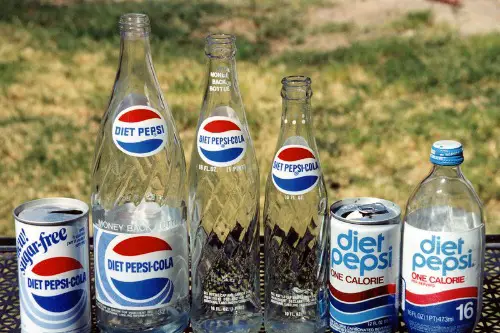
In 1986, Pepsi held a corporate summit to rebrand Diet Pepsi as a lifestyle product. They weren’t just fighting Coke—they were trying to tap into the fashion-forward, image-conscious crowd. The result? A sleeker can, TV spots with pop stars, and a vibe that felt more runway than refrigerator.
They coined phrases like “The Look” to sell it as stylish instead of just sugar-free. It marked the first time diet soda was marketed like a fashion accessory. The cans themselves became design statements in fridges and office desks across America. All this from a meeting that asked, “How can we make diet soda sexy?”
2. The McDLT and the Hot-Cold Packaging Revolution
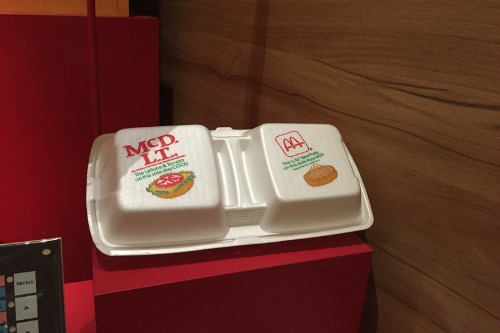
In the mid-’80s, a McDonald’s corporate brainstorming session led to one of the oddest packaging ideas in fast food history: the McDLT. It came in a two-compartment Styrofoam container that kept the lettuce and tomato cold on one side and the burger patty hot on the other. The idea came from a marketing push to make burgers seem fresher and more “customized” without changing kitchen operations. What started as a gimmick to boost sales actually triggered a new era of packaging experiments across the fast food world.
Though the McDLT flopped in the long run, the dual-temperature concept fascinated competitors and packaging companies. It pushed the envelope on how fast food could be presented, even if it didn’t catch on with customers. The McDLT was eventually scrapped in the early ’90s when Styrofoam faced growing environmental backlash. But its brief life was a direct result of a boardroom trying to “innovate freshness” without touching the menu.
3. Crystal Light’s Rise as a Diet Culture Darling
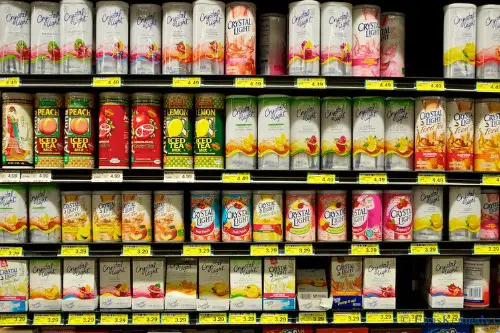
Crystal Light was born from a 1982 meeting at General Foods aimed at capitalizing on the booming diet craze of the time. The original goal was to rebrand powdered drink mixes for calorie-conscious adults, especially women. Execs wanted something that felt more sophisticated than Kool-Aid but still dirt cheap to make. By 1984, Crystal Light launched with a TV campaign starring Linda Evans from Dynasty, and the rest is aspartame-laced history.
The product exploded because it let people feel healthy without giving up sweetness. What no one expected was how deeply it would tap into emerging wellness and lifestyle trends. In retrospect, it helped normalize artificial sweeteners in the mainstream American diet. Crystal Light became a staple of ’80s break rooms and aerobics class culture—corporate marketing meeting mission accomplished.
4. Stuffed Crust Pizza: A “Why Not?” Idea That Stuck
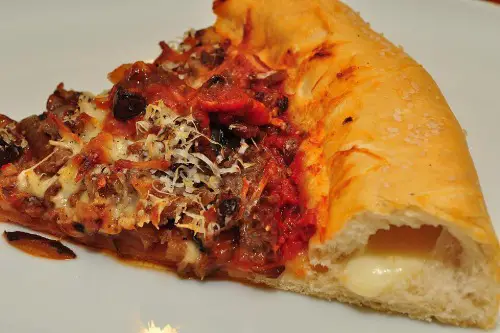
While it officially launched in the ’90s, the seed for stuffed crust pizza was planted in Pizza Hut corporate meetings in the late ’80s. Executives were brainstorming ways to make the crust—typically discarded—more exciting. Someone offhandedly suggested, “What if there’s cheese in it?” It was shelved for a few years, but the idea lingered until it finally got greenlit.
That meeting was less about culinary invention and more about not wasting food space. The pizza itself didn’t change, but the value perception did. Turning the crust into a bonus item appealed to parents and kids alike. It was corporate creativity aimed at rebranding leftovers—and it worked brilliantly.
5. Domino’s 30-Minute Guarantee Panic Button
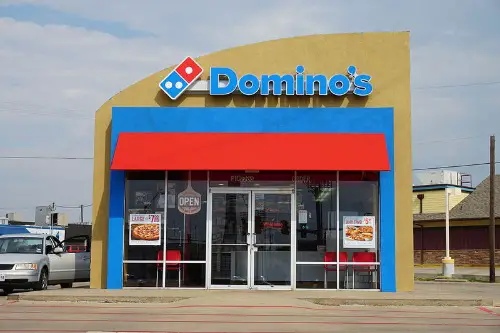
In a heated corporate meeting in the early ’80s, Domino’s leaders looked for a way to distinguish themselves in the increasingly crowded pizza delivery market. The idea to promise pizza in 30 minutes or less came from a desire to frame delivery as a service, not just a necessity. They weren’t promising taste—they were promising speed. It was a marketing gimmick turned industry standard.
What they didn’t expect was the chaos it would cause. Delivery drivers began taking dangerous risks to meet the timer, and lawsuits followed. Eventually, Domino’s had to drop the guarantee—but by then, they’d changed consumer expectations forever. All from a meeting that started with, “How can we make pizza faster?”
6. New Coke: The Ultimate Corporate Backfire
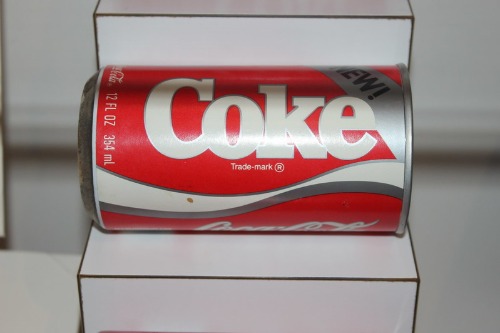
Coca-Cola’s decision to change its classic formula in 1985 was the result of an intensive corporate strategy session aimed at battling Pepsi’s rising market share. Taste tests said people liked the sweeter New Coke better. Executives were convinced they could use the launch to reassert dominance. What they didn’t realize was how deeply emotional consumers were about the original.
The backlash was immediate and brutal. People hoarded old Coke and protested the new version. Within months, the company was forced to backpedal and bring back “Coca-Cola Classic.” Ironically, the failure of New Coke turned into one of the greatest brand loyalty wins in history—all born from a meeting that ignored gut instinct.
7. Squeezits: Marketing Magic in a Plastic Bottle
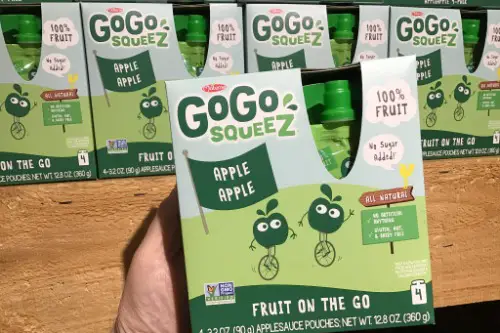
These fun, fruit-flavored drinks in squeezable bottles were dreamed up during a 1985 brainstorming session at General Mills. The goal was to make juice boxes more exciting—and marketable—to kids without changing the actual product much. They landed on bright colors, silly characters, and bottles that you squeezed to drink. It was more about fun than flavor.
Squeezits sold the idea of drinkable toys, not nutrition. They were perfect for lunchboxes and after-school TV ads. The concept was packaging-driven more than anything else, proving how powerful container design could be. That corporate meeting didn’t invent juice—it invented juice that doubled as a toy.
8. Dunkaroos: A Snack Built by a Branding Team
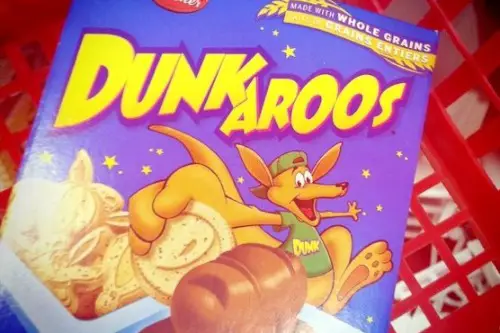
In 1988, a team at Betty Crocker was trying to figure out how to repackage frosting and cookies into a snack. They knew kids liked to dip, and parents liked pre-packaged convenience. What they came up with was Dunkaroos—tiny cookies with little tubs of sugary frosting. It was a frosting delivery system disguised as a wholesome snack.
This wasn’t a chef-driven innovation; it was marketing wizardry. They even created a cartoon kangaroo mascot to sell it as “Australian fun.” Dunkaroos launched in 1990 but were the direct result of ’80s snack food trend-chasing. Proof that sometimes the best product ideas come from thinking like a 7-year-old in a boardroom.
9. Lean Cuisine: The Microwave Meal That Took Over
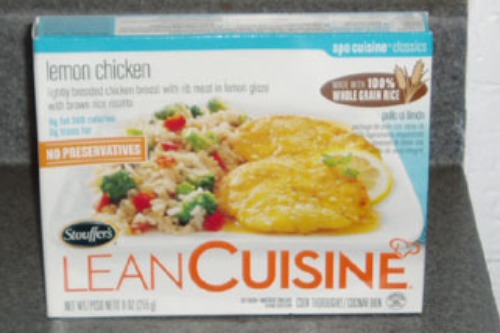
In 1981, Stouffer’s corporate strategists met to find a way to cash in on the success of their frozen dinners while appealing to the rising diet movement. What they landed on was Lean Cuisine—a low-calorie spin-off that promised convenience without the guilt. They weren’t chefs trying to redefine dinner; they were execs trying to steal SlimFast’s lunch. By 1983, the product was a massive hit among working women.
The branding was the real invention, not the food. Lean Cuisine’s clean design and portioned plates became shorthand for “I’m trying” in the self-care era. It was frozen lasagna with a halo, straight from a fluorescent-lit conference room. The name itself came from marketing, not culinary origins—pure boardroom brilliance.
10. Cool Ranch Doritos: Flavor Engineering at Its Finest
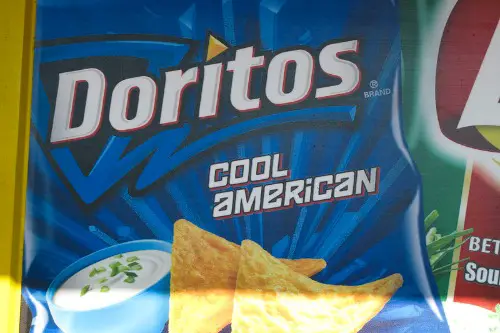
In the late ’80s, Frito-Lay’s R&D team met with marketing execs to create a new flavor that would seem bold but still familiar. The idea was to appeal to snackers who wanted variety without scaring off traditional chip fans. “Ranch” was chosen because it felt homey, while “cool” made it trendy. They launched Cool Ranch Doritos in 1986, and it was an instant sensation.
The name was as strategic as the flavor formula. It straddled comfort and coolness, making it wildly popular with teens and young adults. It proved flavor wasn’t just about taste—it was about branding, too. And it all came from a meeting focused on giving chips a personality.
This post 10 ’80s Food Trends That Were Accidentally Invented During Corporate Meetings was first published on American Charm.


